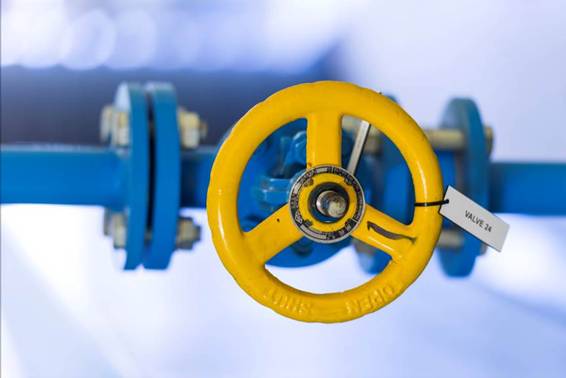Water use in Commercial Buildings
Commercial sector in Australia accounts for up to 30% of the total potable water use in Australian urban centres. Professional offices, shopping centres and educational centres as well as hotels and taverns are the largest users of potable water. They also Water use in this sector is largely dependent on the type of business. For example, restaurants use most of their water in the kitchens while shopping centres and office buildings water consumption is mostly related to cooling.
Customised Solutions
Enviro Concepts does not offer a one size fits all policy. We tailor our solutions to the company and municipality where your company operates. Water efficiency in the commercial sector includes such benefits as:
- Cost savings on water bills;
- Reduced energy costs; and
- Reduced green house emissions
Approximately 11% of wastewater is recycled and this is mainly for land applications such as irrigation. The consumption and discharge volumes of water in Australia indicate a huge potential for recycling.
Sustainable practices put into effect now will benefit future generations and ensure water is available.
Types of Water
- Potable water – this is defined as water that is fit for human consumption. When discussing how to save water, the reference is usually on the use of potable water which is supplied by water authorities via reticulation systems.
- Grey water – this is the wastewater discharged from showers, sinks, washing machines, dish washing etc. Grey water can be easily recovered and used for other applications such as irrigation or toilet flushing. Grey water usually does not contain any industrial or human waste.
- Black water – refers to wastewater collected from the toilets, urinals and bidets. The reuse of this wastewater is dependent on safe reliable wastewater (sewage) treatment systems.
- Storm water – refers to rain water run off collected from roofs and drainage systems.
- Ground water – lies beneath the ground surface and can be extracted from wells or boreholes. Ground water quality varies widely but is usually saline.
- Process (Embodied) water – this is water required in the manufacture of products, extraction of raw materials transporting and processing materials.
EnviroConcepts will help you do more with less, helping you achieve cost savings by reducing your business water demands by up to 80%.
Our wastewater treatment involves several processes. These can be classified as preliminary
- Primary
- Secondary
- Tertiary
The secondary or tertiary treatment processes is usually done to remove or treat specific organic and inorganic pollutants. Secondary treatment results in class C quality effluents while tertiary treatment results in class B or even A quality water.
EnviroConcepts will assess your water needs and select technology and systems that create water quality required for use. Typical wastewater treatment and recycling systems involve oil water separators (OWS), coagulation-flocculation, dissolved air flotation (DAF), multimedia filtration and disinfection such as chlorination and UV treatment.
Generally, Australian cities can withstand a year long drought as most have water reserves worth three years. However, if we do not refill our reserves we will soon be unable to meet Australia’s water demand. In order to manage the impending crises, alternative water supplies are imperative. As climate change intensifies, water scarcity supply constraints and restrictions will become more prevalent.
EnviroConcepts can help you:
- Minimise potable water use
- Reduce overall usage
- Recycle waste water
- Minimise or eliminate environmental impact on water supplies.
Contact us for a Free Quote today!




